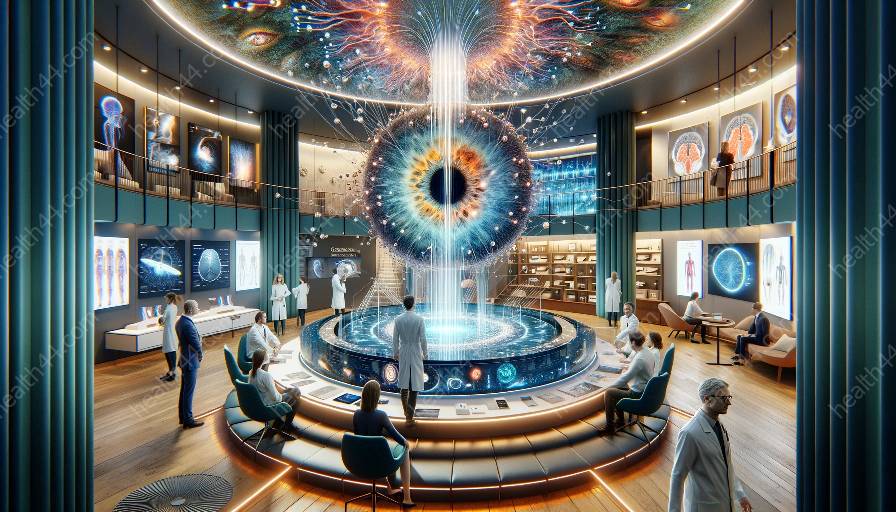In recent years, the field of assistive technology for visual perception has seen remarkable advancements, revolutionizing the lives of individuals with visual impairments. From groundbreaking devices to innovative software applications, these emerging trends are transforming the way people perceive and interact with the world around them. This article explores the latest trends in assistive technology for visual perception and vision rehabilitation, shedding light on the most impactful innovations and their potential implications for the future.
Assistive Technology for Visual Perception: A Growing Landscape
The landscape of assistive technology for visual perception is rapidly evolving, driven by technological breakthroughs and a growing awareness of the diverse needs of individuals with visual impairments. Advances in this field encompass a wide range of solutions, including wearable devices, cutting-edge software applications, and novel treatments aimed at enhancing visual perception and supporting vision rehabilitation.
Enhanced Visual Aids and Wearable Devices
One of the prominent trends in assistive technology for visual perception is the development of enhanced visual aids and wearable devices. These devices leverage advanced optics, image processing algorithms, and augmented reality capabilities to provide real-time visual enhancements for users with low vision. Innovative solutions such as smart glasses, electronic magnifiers, and head-mounted displays are empowering individuals with visual impairments to overcome everyday challenges and engage more fully with their surroundings. These technologies offer customizable settings, adaptive features, and intuitive interfaces, catering to a wide spectrum of visual needs and preferences.
Revolutionary Software Applications
The advent of revolutionary software applications has also revolutionized the field of assistive technology for visual perception. Cutting-edge applications harness the power of artificial intelligence, computer vision, and machine learning to assist users in recognizing objects, interpreting visual information, and navigating their environments with greater confidence. These software solutions enable users to access audio descriptions, magnification tools, and scene recognition features, ultimately fostering independence and autonomy in daily activities.
Advanced Treatments and Interventions
Besides technological innovations, there has been a surge in advanced treatments and interventions aimed at promoting visual perception and facilitating vision rehabilitation. Emerging therapies, such as retinal prosthetics, optogenetic approaches, and gene therapies, hold promise for individuals with visual impairments, offering potential solutions to restore or enhance visual function. Additionally, advancements in neurorehabilitation techniques and sensory substitution methods are reshaping the landscape of vision rehabilitation, providing new avenues for improving visual outcomes and quality of life for those with visual challenges.
Impact and Implications
The emergence of these trends in assistive technology for visual perception has profound implications for individuals with visual impairments, as well as for the broader community. These innovations have the potential to redefine the concept of visual accessibility, empowering users to engage in various activities with increased confidence and inclusivity. By bridging the gap between individuals with visual impairments and the visual world, these technologies contribute to a more equitable and accessible society, emphasizing the importance of universal design and technological empowerment.
Future Directions and Opportunities
Looking ahead, the future of assistive technology for visual perception holds immense promise, with ongoing research and development paving the way for even more transformative innovations. Anticipated advancements include enhanced portability, seamless integration with mainstream technology, and further personalization of assistive solutions to meet the unique needs of individual users. Additionally, collaborative efforts between researchers, engineers, and individuals with visual impairments are fostering a user-centered approach to innovation, ensuring that the next wave of assistive technologies aligns closely with the lived experiences and aspirations of the intended user community.
Conclusion
The trends in assistive technology for visual perception and vision rehabilitation signal a new era of possibilities and empowerment for individuals with visual impairments. As technology continues to evolve, the boundaries of what is achievable in enhancing visual perception and promoting inclusion are continually expanding. By staying abreast of these trends and embracing the potential of innovative solutions, we can collectively work towards a future where visual accessibility is no longer a limitation, but a gateway to limitless opportunities and experiences.





















